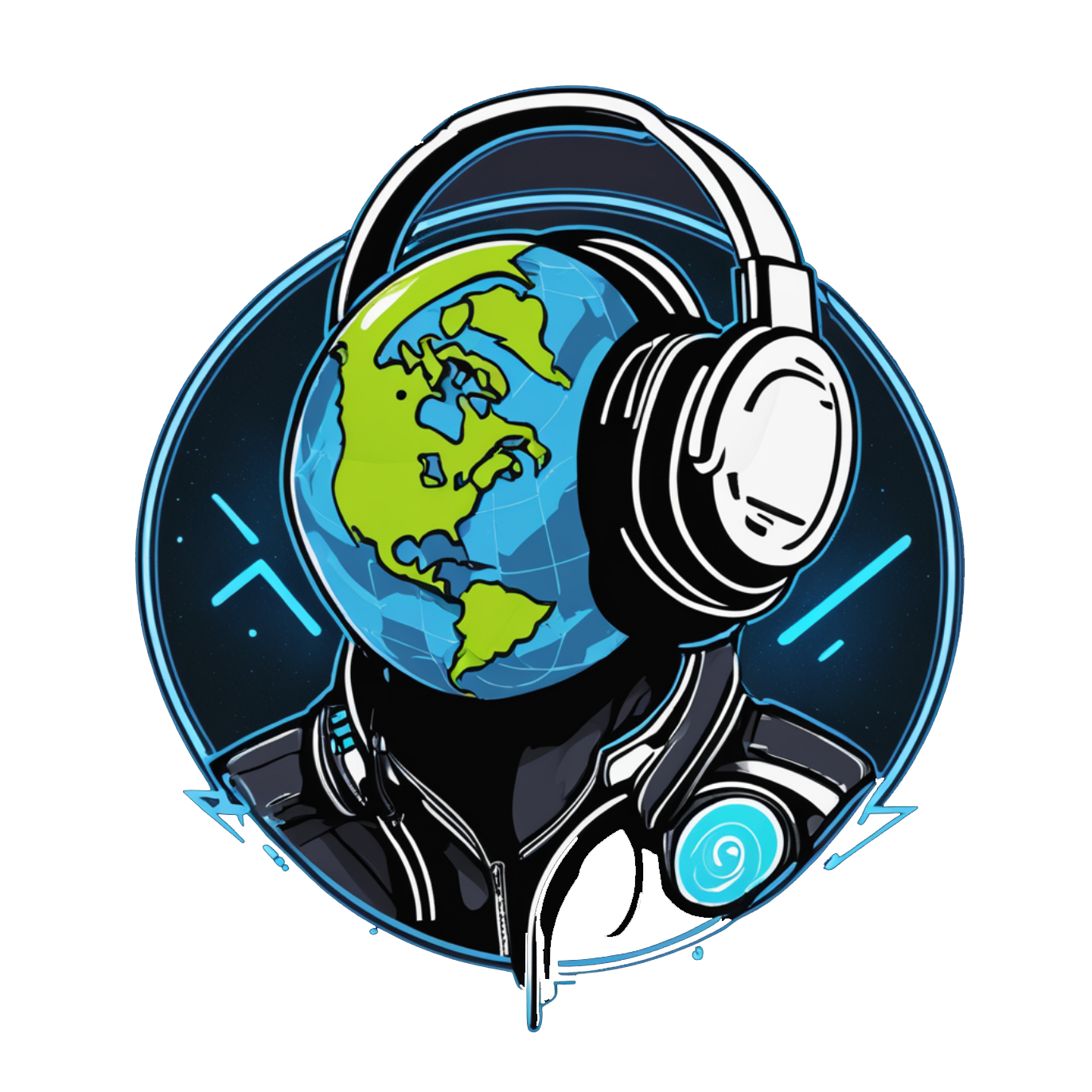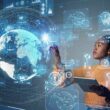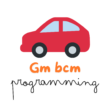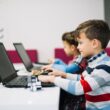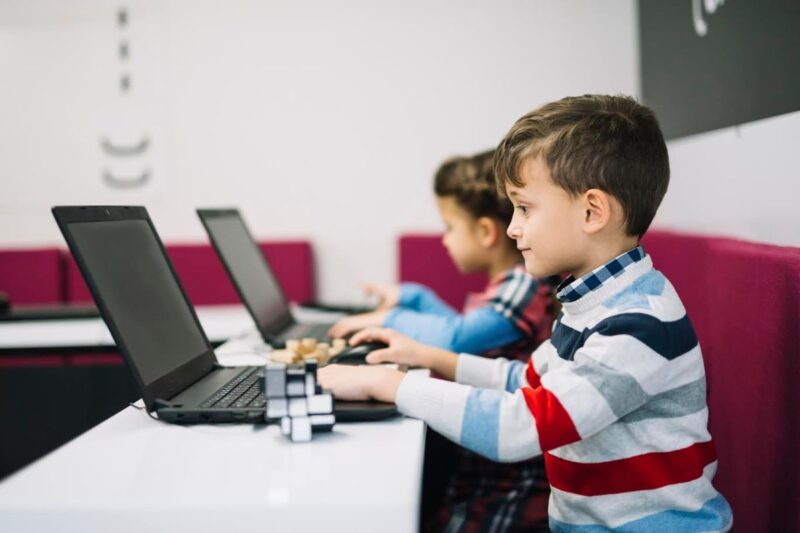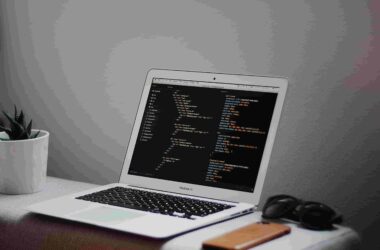Long-term education is located at the nexus of innovation and advancement. As we enter a time marked by extraordinary advancements, incorporating innovation into education becomes a crucial barrier to changing the nature of education. One-size-fits-all teaching methods and passive course readings are things of the past. We find ourselves on the verge of a revolution in which intelligent platforms and computerized tools promise to turn education into a dynamic, personalized, and engaging experience. Our daily routines and our collaborations with one another at work are only two examples of how development affects many facets of our lives. The odds currently favor disturbing trainees by disproving presumptions and revealing hitherto unseen possibilities.
Students’ needs and preferences are constantly shifting. Thus, training needs to change, too, to keep up with the times. This necessitates a significant shift in perspective that views advancement as a means of working toward development and improvement rather than as a small addition to the traditional teaching approach. Teachers who seize the opportunity to innovate may create more engaging learning environments, tailor lessons to each student’s requirements, and prepare understudies for future opportunities and challenges. That being said, there are difficulties and considerations associated with this transition.
Examining the challenges of integrating technology in Indian schools requires careful planning, teamwork, and foresight. These challenges range from protecting information privacy and security to attending to matters of value and accessibility. Regardless, the potential advantages much outweigh the difficulties, providing a glimpse into a future in which education is universal, inclusive, and democratizing.
Enhanced Learning Experiences:
Innovation in education has the power to completely transform people’s learning, going beyond the confines of traditional classrooms and textbooks. Teachers may now create engaging classes that hold students’ attention and foster dynamic support with the advent of technological tools and intelligent phases. Innovation offers many opportunities to make learning more approachable and accessible by bringing complicated concepts to life, whether through interactive media assets like recordings and reenactments or easily navigable computer programs and applications.
Additionally, innovation enables learning experiences tailored to each individual’s requirements and interests. Flexible learning stages employ data to assess students’ strengths and weaknesses and provide targeted practice and improvement activities to address areas where they might need further support. This not only gives students a stronger sense of control over their educational experience, but it also enhances learning outcomes. Beyond the walls of the homeroom, creative rehearsals foster opportunities for collaborative development. Thanks to online tools and platforms, students may work on projects continually, share ideas, and support colleagues worldwide. This develops fundamental thinking, communication, and teamwork skills necessary for success in today’s environment. By utilizing innovation, teachers may create an immersive and naturally occurring learning environment that stimulates curiosity, creativity, and deeply ingrained learning.
Personalized Education:
Individualized advice forms the foundation of long-term learning, and development catalyzes revitalizing this idea. Regular homerooms typically employ a one-size-fits-all approach wherein students get identical instruction and assignments regardless of their unique needs and preferences. With advancement, educators have the freedom to rethink how to meet each student’s unique needs, points of engagement, and learning preferences. Flexible learning stages leverage students’ performance data to provide tailored learning paths, promote targeted training, and fine-tune activities to target areas where they might need more support. This fosters a sense of independence and strength and guarantees that students receive the tailored attention required to succeed.
Additionally, technology allows for ongoing assessment and input, allowing teachers to monitor students’ progress in real-time and provide timely assistance. Teachers ensure that every understudy reaches their maximum potential by utilizing information analytics and machine learning computations to incorporate experiences into pupils’ learning designs and modify their instruction accordingly. Additionally, innovation allows students to own their educational journey by enabling them to explore their interface, establish goals, and monitor their progress over time. Innovation fosters a deep-seated love of learning and equips students for success in a world that is always changing by encouraging them to drive their own learning. Thus, top schools in Gujarat are already iterating technology.
Preparation for the Future:
Currently, more than ever, the ability to adapt to rapid technology in school breakthroughs has become essential as we stand on the brink of the fourth mechanical transformation. Bringing innovation into education doesn’t just mean enhancing the learning experiences that students have now; it also means preparing future understudies for opportunities and difficulties. Computerized education has become a fundamental skill in today’s digital environment, linked to reading and writing. Through integrating innovation into classroom learning, understudies develop the advanced skills and knowledge needed to explore and thrive in an increasingly complex world. Additionally, technology-enabled learning experiences foster innovation and progress by providing students with the tools and resources to research contemporary ideas, experiment with unique media, and work in groups. This promotes a culture of improvement and initiative, which is essential for success in the modern workforce.
Additionally, progression encourages involvement and collaboration, enabling students to collaborate on projects, share ideas, and handle test-related concerns. Understudies learn how to work with people from different backgrounds, communicate effectively, and use creativity to achieve shared goals through acceptable learning opportunities. Finally, incorporating advancement into the homeroom prepares students for their performance and future occupations by equipping them with the knowledge and skills necessary to thrive in a rapidly evolving global economy.
Challenges and Considerations:
Although introducing innovation into the classroom has many advantages, drawbacks also need to be considered. The phrase “computerized separate” raises concerns since it refers to the gap between those with access to innovation and the internet and those without. Ensuring equitable access to innovation and closing the digital gap ensures all students benefit from technology-enhanced learning opportunities. Concerns exist regarding the possibility that innovation will exacerbate inequalities in instruction. However, learning experiences facilitated by technology will give preference to students who are already creative or have access to resources outside the classroom. Teachers are responsible for mitigating this risk by implementing innovative teaching strategies that promote inclusivity and values, as well as providing support and resources to students who might be facing difficulties.
Furthermore, understudy data security in an increasingly complex learning environment is a source of concern. Educators and legislators must implement robust data privacy policies and security measures to protect student privacy and prevent misuse. Furthermore, it is necessary to advance competent improvement and training to guarantee that educators possess the knowledge and skills to integrate innovation into their pedagogical practices effectively. By tackling these issues and reflections, we’re prepared to build a future in which innovation enhances educational experiences, promotes inclusion and values, and equips future generations of learners for success.
The Bottom Line
Bringing innovation into the classroom will undoubtedly transform instruction, improve student experiences, and prepare future leaders for the opportunities and challenges. Teachers may create dynamic and engaging classes that captivate students’ attention and foster dynamic support by taking control of innovation. Additionally, understudies can now demand ownership of their educational journey because technology in schools benefits include – customized learning experiences tailored to individual requirements and preferences.
Additionally, innovation promotes teamwork, which is essential for success in the modern industry. Nevertheless, considerations and difficulties are involved in incorporating innovation into the classroom. Examining the intricacies of combining innovation necessitates careful planning, cooperation, and foresight. These include attending to issues of equity and access and protecting information privacy and security. Either way, the potential advantages greatly exceed the difficulties, providing a glimpse into a future in which education is really democratic, inclusive, and empowering for all. Together, we can overcome these obstacles and take on the revolutionary power of innovation, paving the way for a time when every child will have the chance to realize their full potential and thrive in a world that is changing swiftly.
